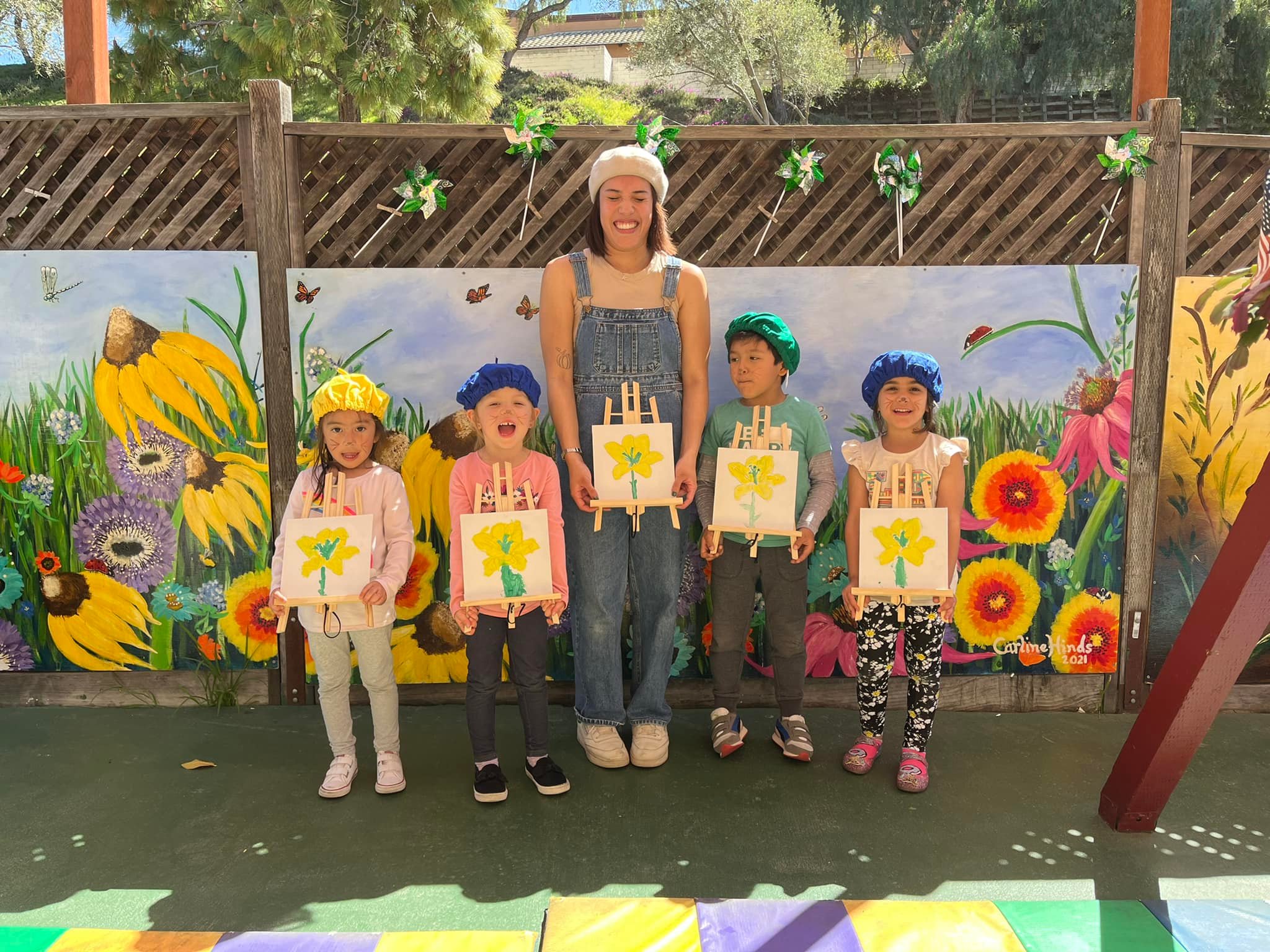All Service Learning is community-engaged learning, however not all community-engaged learning is considered Service Learning.
Service Learning
Service Learning is a type of Community-Engaged Learning that is defined in the CSU as “a teaching method in which meaningful service is a critical component of course curriculum and assessment of student learning. It is characterized by critical reflection and reciprocal partnerships among the instructor, students, and community. The focus is on community impact and on students’ academic and civic learning.”
The 6 Core Elements of Service Learning
1. Partnerships between the university and community are collaborative and reciprocal.
Professors should communicate with Community Partners to clarify the relationship between the service and student learning outcomes. If possible, create a list of Community Partners for your class before the semester starts and share your syllabus with your Community Partners.
2. Community involvement is integrated as a critical component of course curriculum.
Clarify in your syllabus the role of the community service and how it relates to student learning outcomes. Don’t assume this is obvious to students.
3. Community impact has a specific benefit to the community; is planned for, communicated, and assessed.
Community service is generally assessed through reflections (see more about this below). Your course should include graded reflections that ask students to consider the impact of their service on their learning and on the community.
4. Critical reflection activities and assignments integrate classroom and community learning.
Without reflection activities, the course will not be considered Service Learning. Reflections can take many forms—blog posts, online/in-class discussions, videos, creative works, etc.
5. Civic learning goals are explicitly articulated and develop students’ capacities to understand and address critical social issues.
In this case, civic learning refers broadly to gaining a better understanding of our community and the challenges it faces.
6. Student learning assessment addresses both the discipline-based and civic learning goals and includes learning from community involvement.
Again, community service is generally assessed through reflections. Your course should include graded reflections that ask students to consider, in part, the impact of their service on their learning and on the community.
Community Engaged Learning
If your course contains a community service component but does not meet all the requirements of Service Learning, it will be tagged as “Community Engaged Learning.” These courses are equally valued by our university and the community. The CEL tag is for the purposes of CSU data collection only.

FREN 322 student at Maac-Headstart Palmer Playmates